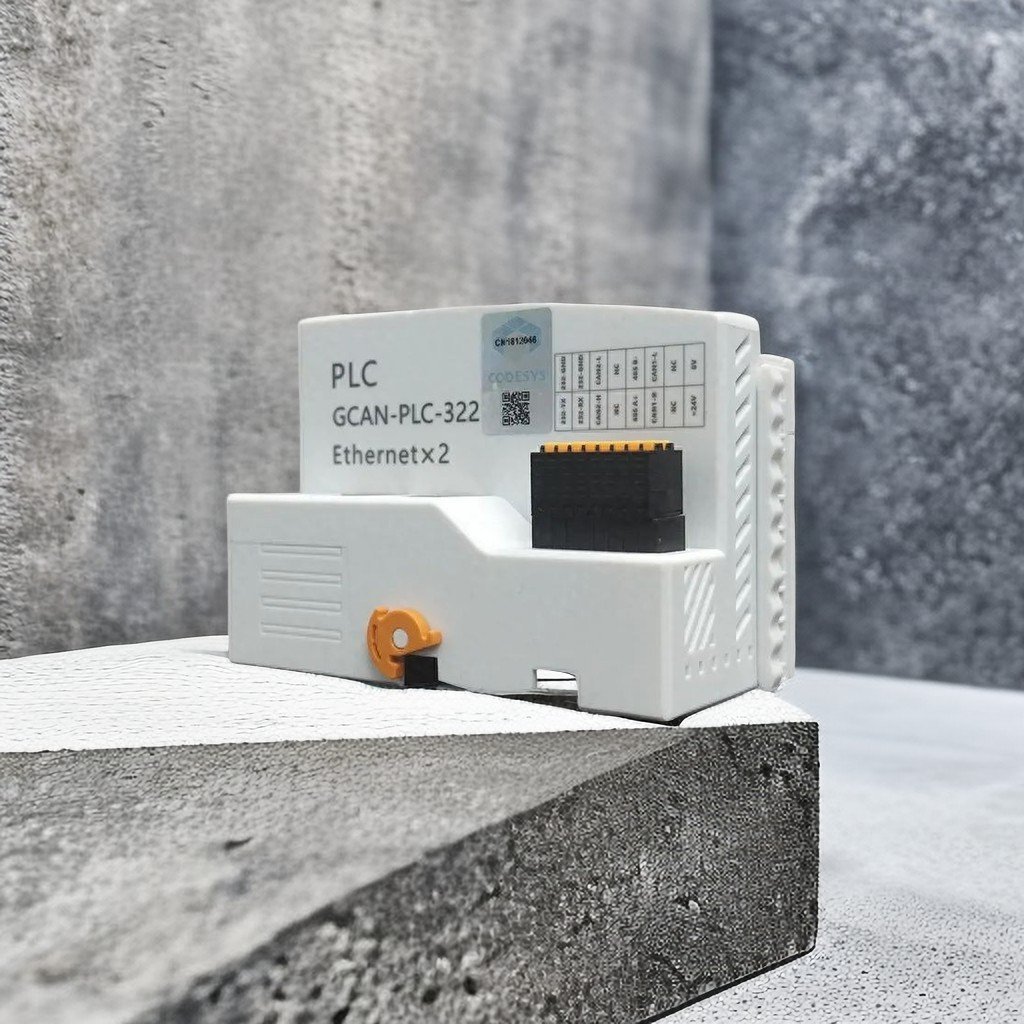Motion control is the secret sauce that takes your PLC system to the next level, allowing you to control the movement of your equipment with precision, stability, and programmability. But how do you choose the perfect PLC for your motion control needs? Fear not, my fellow PLC engineers and savvy purchasers, for I am here to guide you through this exhilarating journey.
1. Motion Control Functionality:
The first and foremost consideration is to ensure that the PLC you choose has robust and comprehensive motion control functionality. Look out for features like axis control, trajectory planning, speed and acceleration control, and more. Make sure the PLC supports multiple motion axes and can meet the specific requirements of your application.
2. Interface and Communication Capabilities:
A PLC that plays well with others is a must-have. Check if the PLC provides interfaces and communication capabilities with your motion control devices, such as servo drives and encoders. Look for analog and digital I/O, encoder feedback interfaces, and support for popular communication protocols like EtherCAT and CANopen. Seamless data exchange and collaborative control are essential for success.
3. Programming and Configuration Tools:
Let’s be honest, nobody wants to spend hours pulling their hair out over complex programming and configuration. Look for a PLC that offers user-friendly and convenient programming and configuration tools. Some PLC vendors provide specialized motion control programming languages or function blocks that simplify the development and debugging process of motion control programs.


4. Performance and Real-time Capabilities:
When it comes to motion control, speed and accuracy are the name of the game. Choose a PLC with sufficient performance and real-time capabilities to meet the demands of high-speed and precise motion control. Consider factors like scan cycle, number of motion axes supported, and data processing capabilities to ensure smooth and efficient operation.
Selecting the right PLC for motion control can make all the difference in achieving the motion precision and control you desire. By considering factors such as motion control functionality, interface and communication capabilities, programming and configuration tools, and performance and real-time capabilities, you can confidently choose a PLC that meets your specific needs.
Now that you’re armed with this knowledge, go forth and conquer the world of PLC motion control! Remember, the right PLC is the key to unlocking the true potential of your automation dreams.
